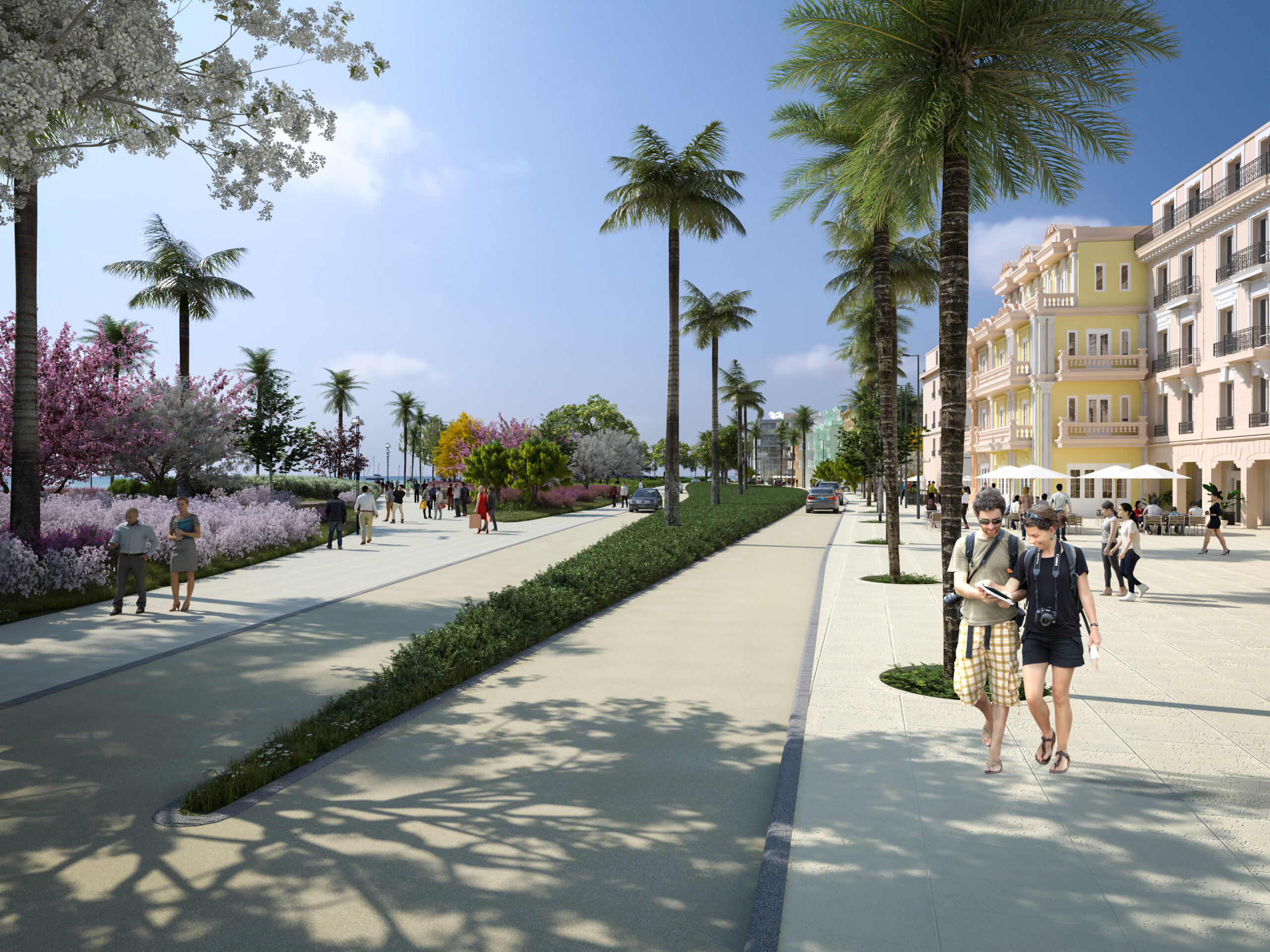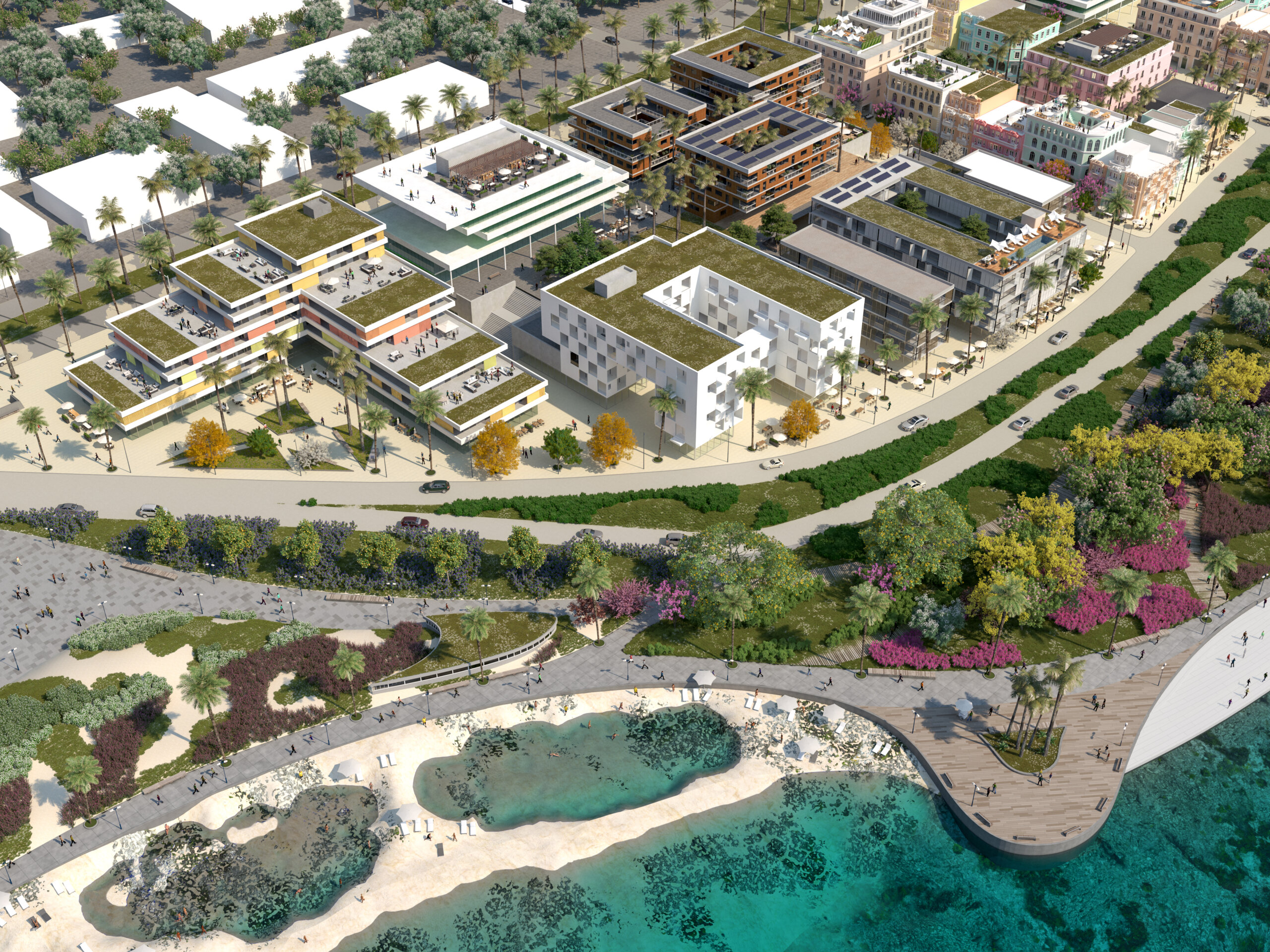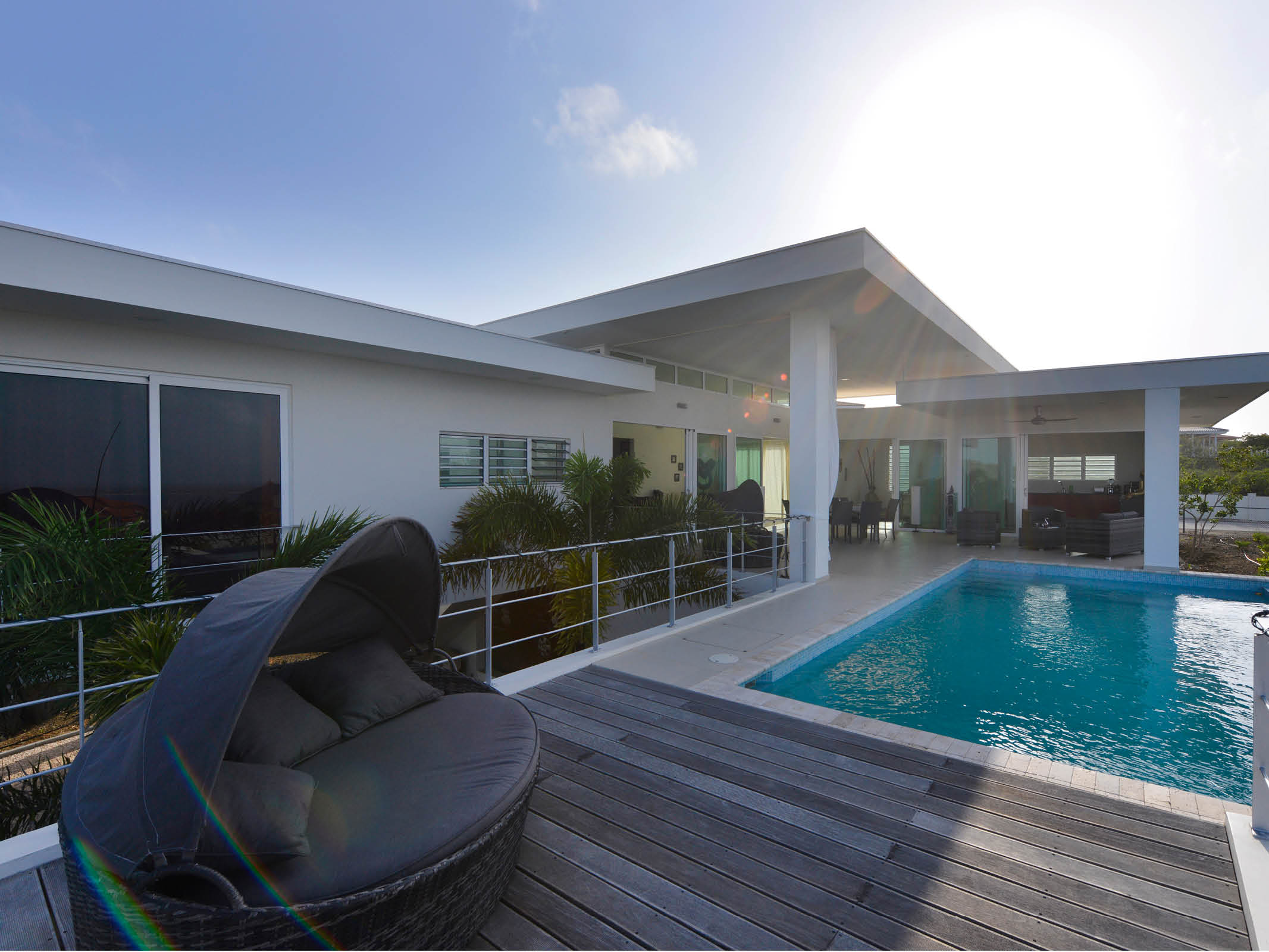Ports are often in need of a facelift. They are becoming outdated and feel like unwelcoming and uninspiring spaces. But how do you redesign a port area to make it attractive, functional, and welcoming to both locals and visitors?
It is precisely these types of outdated places where there is still sufficient space for housing in combination with public places. We share our example for the Aruban harbor; Portcity, as part of our 25th anniversary series. Hoping to inspire other places in the world to make more inclusive designs for their harbors.
Beyond economic growth
Traditionally, port redesigns focus primarily on optimizing the space for economic activity. However, at Portcity, we are taking a different approach—one that balances economic growth with social interaction. By designing spaces where people can meet, gather, and engage, the redevelopment aims to promote not just commerce but also community. In collaboration with the Aruba Port Authority (APA) and Port of Amsterdam International (PoAI), we have designed a multi-year transformation of the Portcity harbor front. Our vision is to turn it into a sustainable, mixed-use area that integrates residential, office, and retail spaces along with a large public park—creating a dynamic environment where business and social life can thrive together.
Impact on Aruba’s future
Urban redevelopment in the Caribbean requires a pioneering approach, where flexibility and innovation play a key role. The unique challenges of island development call for a blend of planning and adaptability, which has led to the creation of a new design concept known as the ‘informal grid.’ This design philosophy embraces the natural flow of the environment while strategically organizing the space for long-term sustainability.
The transformation of the Portcity area will have a significant impact on Aruba, both economically and socially. The project is expected to attract 4,299 stay-over tourists in its first year, with projections of up to 86,589 visitors by 2038. This growth will not only boost the island’s economy but also increase the population, with the number of residents estimated to rise to 5,330 by 2038—3.8% of Aruba’s total population.
A global trend
The redevelopment of port areas isn’t unique to Aruba. Many municipalities in the Netherlands, including Amsterdam, are also working on revitalizing their port regions, transforming them into spaces that balance economic functionality with social and environmental sustainability.
Aruba’s Portcity project serves as a model of how thoughtful design can turn outdated port areas into vibrant, welcoming destinations that support both local communities and international growth.









